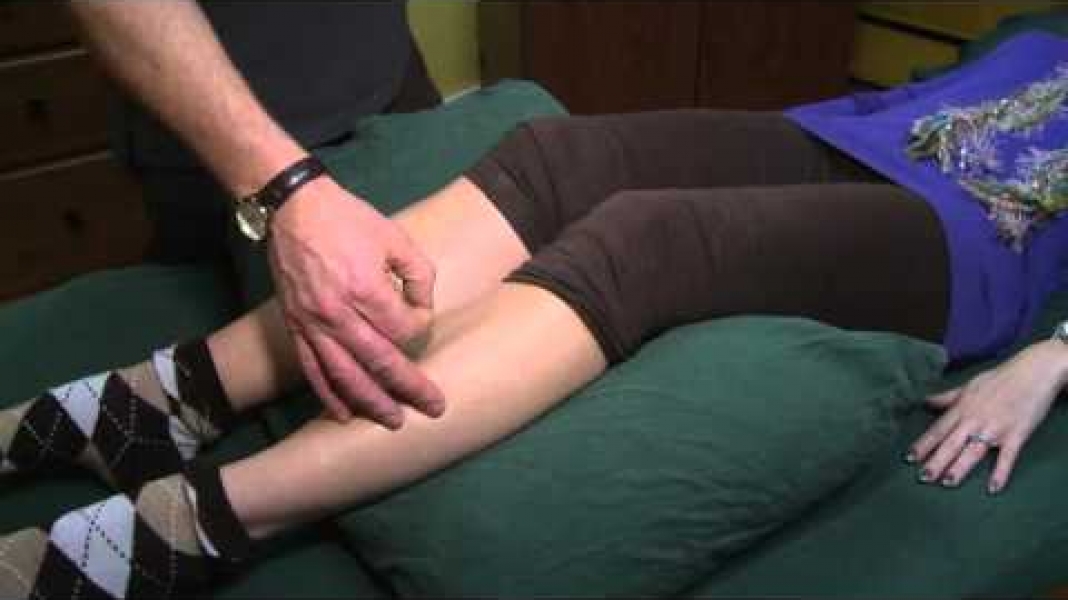Gua Sha & Cupping: A modern interpretation of time-tested and effective practices
In our practice, we have seen many patients who experience considerable improvements in neck or back dysfunction when we integrate several bodywork techniques, such as massage, cupping and gua sha, together with acupuncture in the same session. These bodywork techniques initiate physiological healing that massage alone does not. One thing to be aware of is that cupping and gua sha can often leave some odd looking red marks on the skin, especially the first time. But don’t worry, the marks aren’t painful, even though they may look that way.
It is really interesting that the red marks that might appear with gua sha or cupping don’t show up so much on healthy and vigorous tissues. The rash (or “sha” in Chinese) goes away in 3-7 days, and does not feel like a bruise. Instead, it feels very warm and active for a few days. Typically after treatment, range of motion is greater and stiffness or tightness is decreased. The red marks are often diminished or absent during subsequent sessions, an sign usually accompanied by very significant reductions in neck/back pain and tightness.
Scientific research on these eastern techniques is very limited, so there is no contemporary consensus or explanation of how cupping or gua sha work. We believe these techniques can break the adhesions associated with injury, inflammation and fibrosis; but more, these techniques initiate a healing response by causing microbleeding and changes that are therapeutic. In effect, cupping and gua sha can initiate a rapid turnover of local tissue that is stuck in being run down, stagnant, and exhausted. This then is a renovation and a “turning point” out of a vicious cycle that has slowed recovery to this point.
Read our blog about the scientific rationale for techniques like gua sha and cupping
More about cupping
The practitioner briefly inserts a flame in the cup, and after the flame is removed, the cup is applied to the back, shoulder, or neck, where the air in the cup cools and creates a vacuum to pull up the tissues beneath. The cup can be left in place for 10-20 minutes, or can be moved around the affected area, and then left over tight areas for longer periods. The amazing sensation of cupping is like having your skin and subdermal connective tissues pulled up gently. It is not painful, but rather a pleasant sensation. It is more difficult to move the cup over tight areas.
I (Gord Grant) realized how cupping works when I was at an international conference in Baltimore some years back, where an ultrasound video was shown of lower back tissues. A side angle view into the many layered sinews of a healthy back showed how these amazingly little rivers of tissues slide on on the other when the back was arched back and forth. This was for a healthy back remember. Then they showed the same angle of someone with chronic lower back pain, and all the little rivers of sinew were stuck together and moved as one bulky group. It occurred to me that this is the product of any chronic inflammation — fibrosis, or adhesions as the body’s attempt to splint tissues that are not healing as a “Plan B” effort if the problem is not resolved. I realized this is the reason cupping is so great for stiff neck, shoulders, and back is because it can lift and separate the stuck tissues to help rehabilitate someone, especially if they are active and are able to keep the little layers separate between treatments. As mentioned before, the other effect may be to rejuvenate the tissues.
More about Gua Sha
The practitioner uses the side of a simple Chinese soup spoon to gently and repeatedly rub the tight neck area. I think gua sha creates controlled damage of fragile tissue — gua sha does not do this with healthy tissue. Muscles and sinews that are chronically over-tight due to injury or compensating for some other problem have poor circulation and have increased metabolic needs. This results in malnourished and degenerate tissue that is not able to adequately be nourished or clear wastes. By breaking some of the tissue in a controlled way, I think gua sha serves to put up a red flag signal for the body to come in and replace the tissue quickly and to restore blood supply and function. Before this, the tissues are just holding and getting by. We know when cells are broken open, they send strong inflammatory signals to the body to increase blood supply and to permit the entry of healing fluids and immune cells to do a clean-up and repair job. There is a definite art to this technique, since too much is counter-productive, and too little doesn’t get a good effect.
Read more about the mechanism of gua sha on our blog here
What does acupuncture do in these treatments?
Acupuncture serves to decrease the pain and tension in order to break the vicious negative cycle. We address other issues with acupuncture such as stress-related muscle tension, body posture and dynamics, and optimizing whole body function to support healthy tissues. These other issues can often be at the root of what created the muscle stiffness in the first place. I have been making some amazing progress with patients with long-term stiffness in the neck and back, and I attribute it to implementing the bodywork techniques with acupuncture. I hope this will help you better understand these “fringe” techniques, and to consider them as part of your next treatment if you have stiffness or tightness, or limited range of motion.




